Media | Articles
2022 Bull Market List: 10 collector cars primed to take off this year

Without wishing to strain the limits of understatement, this has been quite a year. Far into the future, economists will still be debating this roller-coaster ride, with its supply shortages and price spikes and disappointing employment numbers, despite help-wanted signs seemingly everywhere. And, as with just about everything else you could (and couldn’t) buy in 2021, the prices of classic cars went up.
However, even as your hard-earned dollars shrink in your hands, there are still good buys out there if you’re paying attention and willing to act. In the smoke-filled backroom of the Hagerty Automotive Intelligence department, a long list of potential candidates for this year’s Bull Market roundup was slowly whittled down. There were arguments and there were protests. Stands were taken and slices of day-old pizza may have been thrown. But eventually the group arrived at the list you see here.
As always, some of the vehicles may induce head-scratching. Why has a 246 Dino made a list of up-and-comers when its price up and left the building a decade ago with the general berserking of Ferrari values? Well, it turns out they recently went through a soft spot, and Gen X is showing a lot more interest in the model as they and millennials increasingly take the reins of the collector car market. Also, in this global marketplace, Europe is again calling its children home, with overseas exports of Dinos rising. The Mercedes-Benz 230SL as well falls in that boat—or, we should say, on that boat. Pan-Atlantic demand means rising prices for all, even if shipping cars back to the U.S. this year has meant braving the snarled global supply chain.

Above all, demographics play a huge role as younger buyers express their unique preferences, such as for Land Rover Defenders, sometimes at the bemusement of older collectors. Even so, every car on this list has a positive story, whether, like a late-1960s Cadillac, it has been largely overlooked but is now seen as a cheap path into old-car cool. Or, as with the Pontiac GTO, it’s a veteran collectible finding new momentum among new buyers. Or, as in the case of the Tesla Roadster, it’s seen as the wellspring for an entirely new technology that will change automobiles and society forever. Note that a functioning example of Apple’s first computer sold at auction for $459,000 in 2020.
The only thing we don’t have on the list this year is a motorcycle, as we’ve had in past years. The reason is simple: One was selected, and a willing owner contacted, but at the last second, that person was unable to participate.
Marketplace
Buy and sell classics with confidence
As we said, it’s been quite a year. —Aaron Robinson
Want to stay on top of changing classic car values year round? Check out Hagerty Insider, our publication devoted to following this fast moving market. And to get a deep dive delivered to your inbox every week, sign up for the Insider newsletter.
1969–74 Ferrari 246 Dino

One of the best Enzo-era Ferraris of all isn’t even a Ferrari. Well, at least it doesn’t say Ferrari anywhere on it, and that was by design. Enzo wanted it that way because the car was such a radical departure from his traditional road cars. To start, the Dino only has six cylinders, not the 12 of the Ferrari GT cars that preceded it. The engine was in the “wrong” place, too, transversely mounted behind the driver in a break from Ferrari tradition. In the end, though, it was this departure from convention that made the Dino special—and a fitting tribute to Enzo’s late son, Alfredo “Dino” Ferrari, who, before his death in 1956, had championed building a V-6–powered mid-engine car. The Dino, although technically its own brand, was Ferrari’s first mid-engine road car, undeniably ushering Ferrari into the modern era.
None of this would matter if the Dino didn’t look so good, but it does. Its lovely Pininfarina curves and surfaces lack even one bad angle. The 65-degree, four-cam, triple-Weber V-6 snarls and barks and revs as if it completely dismisses the fact it was assembled by Fiat. The five-speed transaxle snicks through its gated shifter with addictive precision, the chassis is nearly perfectly balanced, and the steering and brakes make you wonder what everybody else at the time was getting wrong.

All of the Dino’s qualities showed when we hustled around Lime Rock the car on these pages, owned by a knowledgeable collector. No stranger to the world of vintage Ferraris, he long ago decided he’d wait to buy the right one. And that happened five years ago, when this European-spec 1973 246 GTS—a car he had watched being restored on FerrariChat—came up for sale. It was the “almost-impossible-to-replicate combination of drivability and aesthetics” that attracted him to a Dino, and he has not been disappointed. “The whole experience is unique. It is a great road car. I don’t hesitate to take it on a weekend trip or a multi-hour drive. And the car has been exceptionally reliable.”

If they had made just a hundred of these, they would sell for millions of dollars a copy, but they didn’t. In fact, Ferrari made 3761 of them from 1969 to 1974, or 2487 of the fixed-roof Dino GT and 1274 of the targa-topped Dino GTS, which were produced only from 1972 to 1974 during the third, or “E,” series of production. And although the Dino GT cars are regarded as better-looking, the GTS has always commanded a premium in the marketplace for its wind-in-your-hair (or area where your hair used to be) experience.
Although a mid-six-figure purchase is not to be taken lightly no matter your tax bracket, in the big picture, buying one of the greatest road Ferraris of all time for what amounts to an auction buyer’s premium on most of the other vintage Ferraris seems, well, almost logical. Thus, for more than one reason, to paraphrase the great philosopher Ferris Bueller, “If you have the means, we highly recommend picking one up.” —Colin Comer

1973 Ferrari 246 Dino GTS
Highs: One of the most beautiful Ferrari road cars of all, and one of the best driving; bang for the bucks (relative to other vintage Ferraris); nobody ever asks why you bought it; easy to live with.
Lows: No longer inexpensive; still fighting the “not a Ferrari” stigma; finding a good one is difficult.
Price when new: $14,500
Hagerty #2 value*: $366,000–$402,500
*What’s a #2 value, anyway? A vehicle in #2 condition is Excellent but not perfect. It has only minor flaws and could win a local show but not a national one.

HAGERTY AUTOMOTIVE INTELLIGENCE SAYS:
After a hit from 2016 to ’18, Dino values are back—to more than triple their pre-2008 level. Gen X quotes have increased, export numbers are strong, and the number of “outlier” sales are increasing. In short, Dinos are on the move.
1966–67 Pontiac GTO

During the dark years of GM’s corporate-wide ban on involvement in auto racing, the Pontiac division was certainly not known for performance cars. Stodgy sedans were its mainstay, and while some notable performance options such as 421 Super Duty engines sneaked their way onto the options list (and quiet, back-door racing sponsorships existed), by and large, Pontiac was lacking a clear identity. But a young engineer by the name of John Z. DeLorean would change all that.
For the 1964 model year, DeLorean and his team set out to transform the new second-generation “intermediate”-size Tempest into a performance car. To do so, they would take advantage of a loophole in company rules that capped the engine displacement for intermediate cars at 330 cubic inches. Instead, DeLorean and his co-conspirators created an option package that dropped in the full-size Pontiac line’s 389-cube engine. The option also beefed up the suspension and brakes, and they called the package “GTO” in a nod to the Ferrari 250 GTO. Pontiac general manager Elliot “Pete” Estes approved this workaround but told them to limit production to 5000 units. Instead, more than 32,000 were sold in the GTO’s inaugural year. And with that success, the GTO’s magic of a big engine in a little car was credited as giving birth to a new genre: the muscle car.

For 1966, the GTO became its own model line and was no longer just an option package. It gained a styling refresh that ushered in the “Coke bottle” shape of 1966–67, as well as a recessed rear window, slightly wider track width, and the unique-to-1966 louvered taillights. That year was the last to offer not only the 389 but also the factory optional “Tri-Power” triple two-barrel carburetion, both made famous by Ronny and the Daytonas. For 1967, a 400 was plugged in, and regardless of horsepower level, all had single four-barrel carburetion.

Enough with the minutiae. To really get a feel for what the “Goat” is all about, you have to slide behind the wheel. For that, brothers Paul and Mike Ferri loaned us their cherry 1966 GTO convertible, finished in Reef Turquoise over a dark aqua interior and with an M20 four-speed transmission. It is just about peak GTO. The Ferris are Pontiac guys to the core, with a proper stable of the brand’s biggest hits. This one was acquired by Mike in 1985 for $500 and is clearly special to them. Originally a low-option car (Paul jokes “even blinkers were an option!”), they’ve added a factory Tri-Power setup and fortified the chassis with things like power steering, power brakes, and radial tires, all in the name of fun and usability.
Still, it doesn’t quite handle like its Ferrari namesake, so we simply squinted and imagined every straight as if it were Woodward Avenue in Detroit. And that’s where these cars shine. Rev it up, dump the clutch, smoke the tires, and bang some gears. It’s easy to see why the 1960s muscle car movement sparked by the GTO has legs that extend through today’s high-horsepower descendants. It’s addictive, and we haven’t forgotten. —Colin Comer

1966 Pontiac GTO
Highs: The definitive ’60s muscle car; paperwork available from Pontiac Historic Services makes documentation easy; several body styles and drivetrains; only slightly less rugged than an anvil.
Lows: Beware of clones, fakes, rebodies, and restamps; rust-prone; rare options will often carry a hefty premium.
Price when new: $3700
Hagerty #2 value: $100,000–$129,000
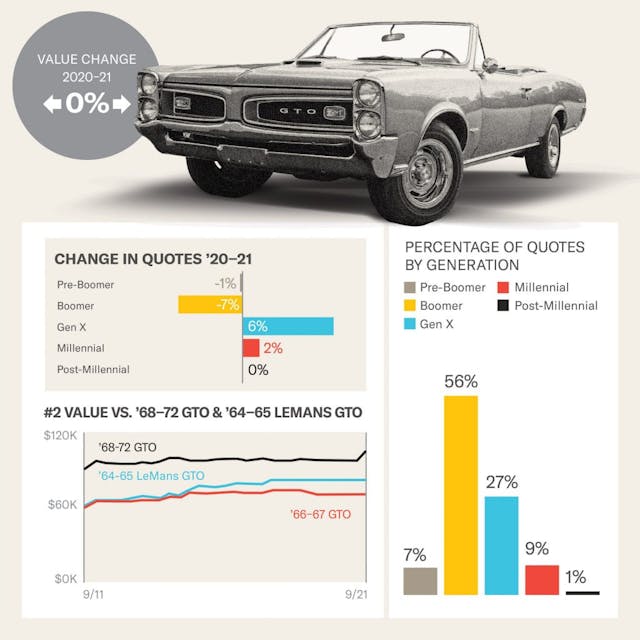
HAGERTY AUTOMOTIVE INTELLIGENCE SAYS:
Given their almost universally loved looks and modest pricing, the ’66–67 GTO stands out as a smart bet for future appreciation compared with some other GTOs, with millennials taking particular interest.
1992–95 Porsche 968

For those questioning the reality of evolution, look no further than the Porsche 968. With DNA that can be traced back to the protozoic 924 and up through the excellent 944 and 944 Turbo, the 968 is the ultimate expression of continuous improvement that is deeply encoded in Porsche’s double helix.
The backbone of the genus is a setup that places a water-cooled four-cylinder under the hood and a transaxle at the opposite end. This arrangement makes for an ideal weight distribution that has earned the car numerous “best-handling car” accolades throughout the years. By the time the 968 debuted for 1992, it had been 15 years since the birth of its predecessor, the 924, and 10 years since the arrival of the 944. Porsche claimed that fully 83 percent of the 968’s parts were new compared with the 944. Most obvious was the redesigned front end; gone were the 944’s pop-up headlamps, replaced with exposed pop-ups that bore a family resemblance to those found on the Porsche 928.
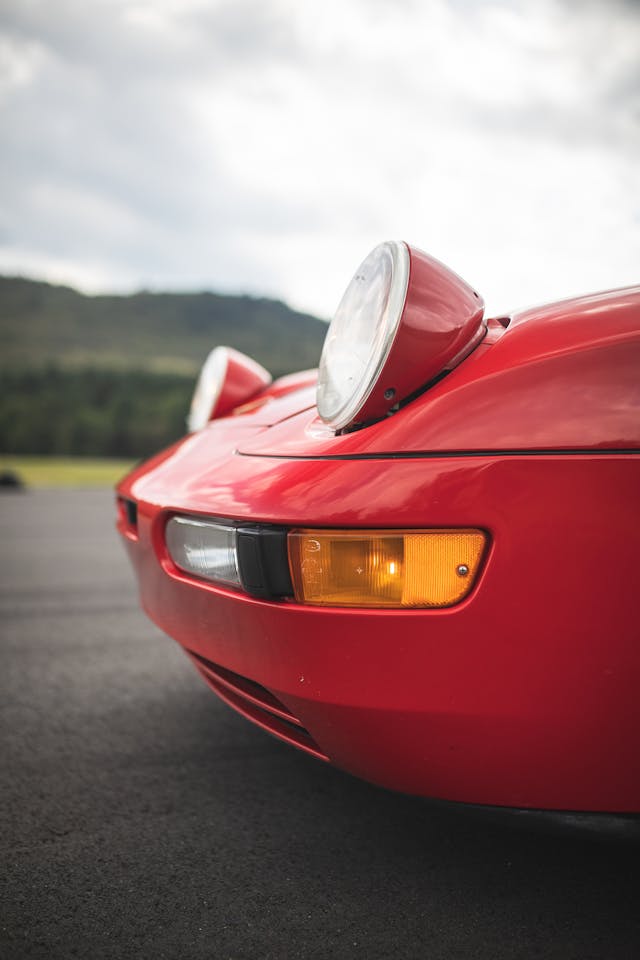
Under the hood was the big-bore 3.0-liter four-cylinder from the 944 S2. The first use of Porsche’s VarioCam variable-valve timing produced 236 horsepower at 6200 rpm and 225 lb-ft of torque at 4100 rpm. With a bore of over 4 inches, the engine ranks as one of the largest-displacement fours ever used in a modern production car, as well as the world’s most powerful naturally aspirated four of its time. However, Porsche’s answer to a 1970s oil crisis had outlived its age; by September 1993, when Car and Driver recorded a 0-60-mph time of 5.9 seconds, the 968 managed to rank only fifth out of six cars due to its relative lack of horsepower and slow track times. A six-speed manual transmission and a Tiptronic four-speed automatic were offered, as were coupe and convertible bodies. The interior of the 968 largely carried over from the 944. The exterior incorporates Porsche details such as the aforementioned headlights, the 944’s voluptuous shape, and sideview mirrors from the 911/964 Turbo.

The 968’s pleasing aesthetics are part of what attracted Jamie Sowlakis, the owner of the 968 featured here. Sowlakis, an architect by training and trade, states that the 968 is as pleasing to look at as it is to drive. “The flared fenders, the curves, the proportions—they’re all amazing,” he says. “It’s such a joy to be in that car and be out of that car and just stare at it.”
Though Sowlakis has a fleet of vintage Mercedes-Benzes, he knew eventually a Porsche would join their ranks. “I’ve wanted a 968 since they were new, and when I finally found this car, all it took was a 15-minute test drive to seal the deal,” he recalls. “That 3.0-liter has so much torque, and in third gear, the car just keeps pulling.”
Porsche pulled the plug on the 968 in 1995, after four years on the market and a total of 12,776 models sold. Unsurprisingly, Sowlakis is bullish on the 968. “The car is a real underdog—undervalued and under the radar,” he says. “As a first-time Porsche guy, I feel like I picked a winner.” —Kirk Seaman
1992 Porsche 968 Coupe

Highs: Beautifully balanced handling; hatchback practicality makes it a viable daily driver; great highway fuel economy.
Lows: Low production numbers; pricey Porsche parts; could use more power.
Price when new: $39,850
Hagerty #2 value: $38,000–$51,500

HAGERTY AUTOMOTIVE INTELLIGENCE SAYS:
968s began appreciating in 2015, along with just about everything with a Porsche badge. Since 2016, #2 values are up 139% for coupes—the fastest appreciation for all Porsche coupes. We think there’s still room for growth.
1983–1997 Land Rover Defender

Fashions change—it’s that simple. The makers of sports and luxury cars for the first 80 years of the auto industry could not possibly have imagined how folks today will drop coin for an old Land Rover. In fact, the Brits can’t even imagine it, which is why you can still buy Land Rover Defenders relatively inexpensively in the U.K. as long as you don’t mind right-hand steering and the persistent aroma of wet sheepdog. Once these vehicles cross the Atlantic, however, they become exotic, and there’s an urbane glamour here to driving a rattling, clomping, barely upholstered utility truck that probably spent its first years slaloming around cow patties in Upper Bruntingthorpe.
Though the design traces its aluminum-bodied lineage right back to the 1948 original, the vehicle we know as the quintessential Land Rover didn’t adopt the Defender name until 1990. That was to distinguish the O.G. Land Rover from the then-new (and rather more luxurious) Discovery. By then, the original Land Rover had reached its zenith, the fourth iteration that introduced a modest mix of interior and mechanical upgrades that were to last it until the truck finally went out of production in 2016. Only a few were brought into the U.S. with V-8 engines and steep price tags (the so-called NAS Defenders, for “North American spec”), and those prices have only gotten steeper in the collector market. It’s not uncommon to see two-door 90s go in the $80,000 range, while the rarer four-door 110 wagons fetch well clear of $100,000. But what good is a house on Martha’s Vineyard without an old Land Rover to adorn the driveway?

That has led some Defender fans to look back in the mother country, where older models that can clear the federal 25-year import hurdle sit begging on used car lots—often with diesel engines and typically hiding at least some rust underneath. Brad Topar of Ridgefield, Connecticut, didn’t want to look that far afield, but enough Euro-spec Defenders have already trickled into the States that he didn’t have to. He found his ex-U.K. diesel ’91 nearby on Facebook Marketplace and at a price substantially less than what NAS models trade for.

The Landie trundles down the road with a sort of force-of-nature presence, the 2.5-liter, 107-hp turbodiesel clattering out a stream of torque at its circa-1800-rpm happy zone. A diesel Defender is not fast, unless your comparison is a Shetland pony, and the 31-inch diggers that Topar has on the truck make a relentless moan. The twin live axles turn every bump into a whole-car shudder. But there’s no denying the cool factor of driving the original British earth-roamer—even if, as Topar readily admits, his tires rarely leave the pavement.
They made about 2 million of these original Land Rovers, but they remain a rarity in the U.S. For those who are beguiled by a Defender, the prices are driven by a micro-economy that places the supply well below the demand. —Aaron Robinson

1991 Land Rover Defender 90
Highs: The truck Marlin Perkins drove while netting giraffes; cool and likely always will be; plenty of parts and club support.
Lows: U.S.-spec versions are expensive; freelance imports have widely varying quality and prices; not for people in a hurry.
Price when new: £14,500 ($27,405)
Hagerty #2 value: $61,500–$77,500

HAGERTY AUTOMOTIVE INTELLIGENCE SAYS:
Surprisingly, Defenders of this ilk are the most popular European classics to import. And for non-NAS models, values are up 47% since 2016, so get one while you can.
1979–85 Mazda RX-7

There was a hot minute way back in the early 1960s when seemingly every carmaker might have taken a punt on the Wankel rotary engine. As is often the case with better mousetraps, however, well, they rarely are better. The ol’ Otto-cycle gasoline engine, proven and reliable, trudged on beneath millions of hoods, and only Mazda, in a technical partnership with German firm NSU, went all in on the furious little spinner. The first car to showcase Mazda’s new rotary was the 1967 Cosmo for the Japanese market, a space-age two-seater that never made its way to the U.S.
What arrived instead, as part of Mazda’s first foray into American garages in 1970, were the rotary-powered R100 and RX-2 coupes and sedans. Mazda’s dealer network grew, and so did the popularity of its funky little cars, despite reliability issues and an abundant thirst for fuel. Then came the 1973 oil crisis, and suddenly people realized they didn’t want or need or even like thirsty cars. Undeterred by plummeting sales and new models languishing in U.S. ports, Mazda pressed on with the piston-driven side of its business, but also with a tiny two-seat sports car designed to make the most of its buzzy little rotary.

From the outset, the 1979 RX-7 was a revelation on wheels. Beneath its low, sharp nose was a carbureted 1146-cc twin-rotor (dubbed the 12A) borrowed from its RX-3 predecessor. Placed way back behind the front axle, the 100-hp engine loved to rev—all the way to 7000 rpm, Mazda having mostly sorted out the apex-seal ills and fuel consumption issues that had dogged earlier cars. With a standard manual transmission or optional automatic, the RX-7’s layout contributed to a 50/50 weight distribution, and the 2400-pound sports car was nimbler than anything in its class. It flew off dealer lots, with more than 377,000 sold in the U.S. before the second-gen RX-7 replaced it in 1986.
Two trims were offered initially, the S and the slightly more upscale GS. For 1981, the luxe GSL joined the lineup, adding alloy wheels, four-wheel disc brakes, a limited-slip differential, power windows, leather seats, and cruise control. For 1984 and ’85, the first-gen RX-7’s final two years, the GSL-SE benefited from a new fuel-injected 1308-cc 13B and its 135 horses, with the 0-60-mph time dropping to a little over eight seconds.

Vince Jacobson picked up his lightly used ’83 RX-7 GS in 1984. He was spoiled for choice in the affordable sports car department but chose the Mazda because of its unique powerplant and diminutive silhouette. It currently shows just 46,000 miles, and other than routine maintenance, he’s never had an issue with the engine—or the handling. “It’s still so responsive,” he says. “I took it around Lime Rock a couple of times and I couldn’t get the thing to slide out.”
Thankfully, we are still spoiled for choice with affordable sports cars, though none of them offers the lithe packaging and aural thrills of a twin-rotor first-gen RX-7, the better mousetrap that we never knew we needed. —Stefan Lombard

1983 Mazda RX-7 GS
Highs: High-revving thrills of a unique powerplant; uncompromised handling; excellent driving position; simple to work on; reliable with routine care.
Lows: Prone to rust; goes through oil and fuel; not a lot of metal between you and the other cars, so don’t crash it.
Price when new: $10,600
Hagerty #2 value: $17,500–$27,000

HAGERTY AUTOMOTIVE INTELLIGENCE SAYS:
Our price guide values for #2 RX-7s are up 136% since 2016, but that still equates to a sub-$22K classic, with millennials and Gen Xers driving interest. Expect RX-7 values to catch up to Datsun 280ZX values soon.
1963–67 Mercedes-Benz 230SL

The year 1963 was a heck of a time to be a car lover. The Corvette Sting Ray burst onto the scene, as did the Mini Cooper S, while Ferruccio Lamborghini and Bruce McLaren both launched their own enterprises. Porsche teased the first 911, and across town in Stuttgart, Mercedes-Benz finished work on its latest SL (for Sport Leicht, or “Sport Light”) in time for that year’s Geneva Motor Show.
Known internally by its project number, W113, the new Mercedes had a big job to do: Its raison d’être was to effectively replace both the brilliant but expensive 300SL and the flashy but flawed 190SL. It did so brilliantly, even if it was neither all that sporty nor particularly light. That’s because it drove the SL-class down a new path, incorporating extra luxury and comfort while retaining an essential sportiness. Benz’s technical director at the time, Fritz Nallinger, called it “motoring happiness,” and that ethos has been imbued in every Mercedes SL since.
The first W113 was the 230SL, powered by a Bosch-injected single-cam straight-six. Robust and smooth but not exactly inspiring, the 170-hp, 2308-cc mill (later punched out to 2496 cubic centimeters in the 250SL and 2778 cubic centimeters in the 280SL) can nevertheless push the SL down the autobahn at 120 mph.

The nimble W113 also enjoys light, neutral steering through its lovely ivory-colored, horn-ringed steering wheel. The steel unibody is touted as the first sports car with crumple zones baked in for safety. Arguably designer Paul Bracq’s magnum opus, the design was free of flourishes and skimpy on the brightwork, instead relying on clean, elegant proportions to catch the eye. The optional (but nearly ubiquitous) removable hardtop is as clever as it is pretty. The raised outer sections allowed for easier entry and exit, and its concave shape earned this generation of SL its unofficial appellation of “Pagoda.”

Pagodas, along with most classic SLs, rode the wave of a hot collector car market in the mid-2010s. Then came a downward price correction, but values have been bouncing back since mid-2020. Nearly 50,000 Pagodas of all types (230/250/280) were built from 1963 to 1971. Thanks to characteristically caring owners and the fact that Mercedes really knew how to build a solid car in the ’60s, many of them are still on the road.
Hagerty member Greg Smith bought his 230SL way back in 1985, and other than a repaint and basic maintenance, it hasn’t needed much, yet it still drives with all the “motoring happiness” that makes an SL such a popular, timeless classic.
We were treated to extra happiness in that Smith’s SL has the standard slick-shifting four-speed rather than the optional (but popular) four-speed auto. And although no shade looks bad on a Pagoda Mercedes, Strawberry Red Metallic looks fantastic on this one. It stole more adoring glances than anything out of our 10-car group. Well, maybe except for the Dino. —Andrew Newton
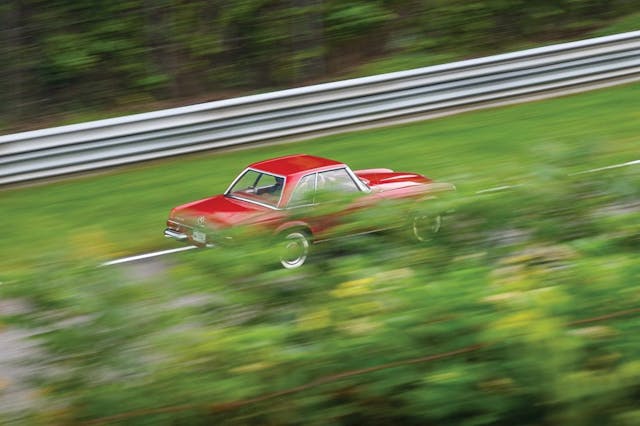
1965 Mercedes-Benz 230SL
Highs: Looks that stop you in your tracks; oozes class and will never go out of style; bank-vault build quality and ample parts availability; comfy to sit in and easy to drive.
Lows: More cruiser than sports car; stick-shifts hard to find; parts are available but spendy; costly to restore properly.
Price when new: $7500
Hagerty #2 value: $80,500–$108,500

HAGERTY AUTOMOTIVE INTELLIGENCE SAYS:
Since 2016, as 190SL values have fallen, 230SL values are up 22%. The 230SL is a popular export, however, with about 800 heading back to Europe (where they are worth about 30% more) in the past decade.
1975–93 Volvo 245

The 1990 ad-exec comedy movie Crazy People is memorable for exactly one thing: Dudley Moore’s character drawing up a new print campaign for Volvo with the tagline: “Buy Volvos. They’re Boxy but They’re Good.” Talk about truth in advertising. In fact, for 27 years, with its 140- and 240-series cars, Volvo did the slab-sided, crisp-cornered box so well, you’d be forgiven for not knowing the 1800 and 122 came from the same firm.
The 240 debuted in 1975 as an evolution of the 140, only boxier, a function of designer Jan Wilsgaard’s “simple is beautiful” ideal. The two-door 242, four-door 244, and five-door 245 were robust unibody cars built for safety and speed limits. Under-hood was the 142’s pushrod 2.0-liter four-cylinder engine, with Bosch mechanical fuel injection and 98 horsepower at 6000 rpm. It was mated to a four-speed manual or three-speed automatic driving the rear wheels and stopped by four-wheel disc brakes. Like the exterior, the interiors were simple and functional, with four outboard shoulder belts, panoramic visibility, and amazing seats. Some 245s (called 240 wagons post-1980) even came with a rear-facing fold-away bench in the cargo area.

The over-engineered, under-stressed, impossible-to-kill “Redblock” four with a single overhead cam brought displacement up to 2.1 liters in 1976 and then to 2.3 liters by 1983—where it remained until the 240 was discontinued in 1993, after more than 2.5 million units had been built. Turbocharging was part of the conversation from 1981 to 1985 (as was a rare diesel), boosting output first to 127 horsepower and then 162 horses with the addition of an intercooler. The turbo made a Volvo wagon juuuust sporty enough to be fun.
Sean Ashcraft’s 85,000-mile 245 Turbo is a bit of a unicorn in that he snagged it from Italy, which means it has a Europe-only 137-hp, 1.9-liter turbocharged four and single glass-covered rectangular headlights (rather than year-appropriate quad squares). There’s no mistaking it, though, and despite its pedestrian profile, it was a popular machine at Lime Rock during the week. “It’s a blast to drive,” says Ashcraft. “The turbo makes a huge difference over the normally aspirated cars, and if you put your foot into it, it’ll definitely move.”

Until recently, no one—not even Volvo nerds—has ever considered the 245 anything more than “just a used car.” As a result, so many have been lost to rust or the crusher. Now, the best ones have reached “fringe collector car” status, but the fringe will only blur with time, until these weird cool cars level up to, “You paid how much?”
Still, the beauty of the Volvo 245, beyond its simplicity, is the relatively low cost of entry: Find a clean, low-ish mileage one you’d love to own for $10,000 and enjoy the heck out of it. Clean examples in the East and Midwest are harder to come by, but the West Coast is still lousy with them—for now. Parts and performance upgrades are readily available, and it is not hard—or expensive—to DIY turbocharge your own 245 with some friends in a weekend. So boxy. So good. —Stefan Lombard

1983 Volvo 245
Highs: Entirely practical; incomparable durability; DIY friendly and easy to boost—or LS-swap—yourself.
Lows: Professor jokes; odometers stop 200K miles before the cars do; heater fans fail and aren’t easy to replace; fragile wiring harnesses before 1987.
Price when new: $13,500
Hagerty #2 value: $15,500–$21,500

HAGERTY AUTOMOTIVE INTELLGENCE SAYS
Values are up 10% since 2018, but it’s no surprise that millennials and Gen Xers are the tip of the 245-collecting spear, thanks in part to the relative unattainability of the Mercedes 300TD; Volvos are just one-third the price.
1965–70 Cadillac DeVille

“Big John” DellaCamera liked old Detroit iron and he liked to cruise, so much so that he helped start a newspaper called Connecticut Cruise News. Being a large fella, as his nickname implied, John was drawn 20 years ago to the ambulance-red 1967 Cadillac DeVille convertible that he bought to be the perfect low-and-slow glider for local cruise nights in Torrington, Woodbury, and other nearby towns. After John died in 2011, his brother Ted, who runs a business restoring and selling parts for Crosley cars, affixed John’s sunglasses to the Caddy’s visor, where they continue to preside over the car’s vastness as John’s earthly representative.
Having just built its 3-millionth car, Cadillac rang in 1965 with big changes. They included skimming the tailfins of an earlier era down to vestigial creases, abandoning the old X-frame underneath for a more modern perimeter frame that shed 300 pounds, and stacking the headlights vertically to further accentuate the road-hogging width of the cars bearing the prestigious wreath and crest. It was a styling motif—perhaps cribbed from the ’63 big Pontiacs—that defined Cadillac until the 1969 models rotated the twin pair of headlights to horizontal again.

Big John’s ’67 DeVille convertible, $5608 new and the only droptop in Cadillac’s lineup that year, benefited from subtle sculpting of the earlier car’s flat flanks, introducing a downward tapering character line along the side that recalled late-1950s jet-burner styling. After playing around with various taillight treatments through the years, the division settled down in ’67 with simple, elegant chrome caps for framing the diamond-shaped red slits. Electrically heated seats and variable-ratio power steering, all considered fairly modern features today, were Cadillac options nearly 60 years ago.

After you drop the top on Big John’s DeVille by twisting two release handles and letting motors do the rest, the 429 V-8 imparts a gentle rocking motion to the 18.7-foot car as it cranks. The engine lights with an imperious Detroit rumble, and you’re off cruising, the car wafting up the road with just enough authority to its steering and brakes to keep 2.5 tons under control. In fact, the power brakes can be disconcertingly sharp. For anyone brought up on today’s plasticized cubes, captaining the Cadillac is a certified memory maker. American cars haven’t been built this way in a long time, with this kind of extravagance and flamboyant confidence. Driving one is for those who believe it is so much better to be cool than be fast—assuming they can navigate the car in and out of the garage without scraping.
As collectors have flocked to the late ’50s Cadillacs with their iconic fins, these more modern and usable late ’60s models have largely been snubbed. Thus, they are cheap, particularly on a dollar-per-pound scale, while still drawing plenty of eyeballs and thumbs-up. Of course, pre-OPEC dinosaurs have needs; Ted DellaCamera tells us the 26-gallon tank drains exceptionally quickly. And finding a good one can be hard after so many years in the old-car backwaters. But, as Big John would tell you if he were here, there is no better way to cruise. —Aaron Robinson

1967 Cadillac DeVille Convertible
Highs: Tons (literally) of Detroit style for not much dough; everybody will want to go to dinner with you; the last golden days before regulations and oil shortages.
Lows: You need a lot of space for it; drinks gas; not what you would call sporty; one-year trim bits are hard to find.
Price when new: $5600
Hagerty #2 value: $28,500–$38,500

HAGERTY AUTOMOTIVE INTELLIGENCE SAYS:
Although prices for #2 examples have climbed 20% in the past five years, the DeVille is still a good deal compared with its Eldorado cousin or the Lincoln Continental.
1985–95 Suzuki Samurai

Like Baby Yoda or a basket full of kittens, some things are just cute as hell. As was the Suzuki Samurai when it bounded into America in 1985. Even if it did take its name from fierce warriors known for gutting their own innards in defeat, the Samurai (Jimny overseas) quickly became the cheap fun-mobile for prom queens, yuppie adventurers, surf dudes, and RV lifers needing a dinghy to tow. In fact, the Samurai was the closest thing the global auto industry would ever come to replicating the original World War II jeep, with its 80-inch wheelbase (same as the jeep), twin live axles on leaf springs, hi-lo transfer case, and 1.3-liter, 63-hp four-cylinder making just enough juice to barely keep up with 1980s traffic. The design even had a folding windshield, though U.S. regulators supposedly frowned on it—last-ditch protection for the Wrangler, perhaps?—and Suzuki removed the hinges for America. A kit to convert it back is $125, reflecting the large parts supply these trucklets enjoy today.
New to marketing cars in the States under its own name, Suzuki offered the U.S. two body styles, an all-metal hardtop, and a canvas-roof convertible, the latter being more popular then and thus easier to find today. What isn’t easy to find is a clean, factory stock example such as the one Sean Sambells brought us to photograph. Sambells is a mechanic by trade, and he kept telling one of his regular customers that if she ever wanted to part with her well-preserved Samurai, which she bought new in Atlanta, he was ready and willing. One day, she did.

Everything about the Samurai feels light and toylike. The truck weighs in at a little over 2000 pounds—or about 700 pounds less than a Honda S2000, a car most would consider small and light. The Samurai’s doors feel like steel playing cards and twang closed after you climb aboard. Mash the throttle to prod the bag of hamsters under the hood to a muffled yowling, but don’t expect much speed for the effort. The gearing is short and the five-speed shifter gets regular attention to keep things in motion up hills and against faint breezes.

Though it may not be quick, the Samurai is well built and extremely hardy in the finest Japanese tradition, one reason there are still so many around. Back in 2020, we took one to Moab, Utah, to dash upon the unforgiving red rocks, and it emerged somewhat shaken but not at all stirred. However, those who wish to really off-road a Samurai should learn from our experience and investigate the various suspension upgrades available that take the edge off the Samurai’s unforgiving ride.
The Samurai was ultimately defeated in 1995 by low sales dragged down in part by a spurious roll-over reputation. Suzuki replaced it with the upgraded Sidekick/Geo Tracker, which now hold their own vintage appeal. Suzuki still sells the Jimny overseas and recently redesigned it into an all-new version that we desperately hope will come to America someday. Meanwhile, Samurai prices will, like the red sun on Japan’s flag, keep rising. —Aaron Robinson

1986 Suzuku Samurai Convertible
Highs: Just looking at it causes smiles; doesn’t take up much space or consume many resources; lots of parts available; goes pretty much anywhere.
Lows: Stock ones hard to find; fast only if driven over a cliff; at the end of every rocky trail is a chiropractor’s office.
Price when new: $6950
Hagerty #2 value: $10,000–$14,500

HAGERTY AUTOMOTIVE INTELLIGENCE SAYS:
If you missed out on cheap first-gen Toyota 4Runners, the oft-overlooked Samurai is for you. Currently, 70% of insurance quotes come from Gen Xers and younger, so interest is likely to grow.
2008–12 Tesla Roadster Sport

Think what you will about Elon’s tweets, his company’s stock price, or electrification of cars in general—Tesla’s place in automotive history is already as massive as its boss’s ego. More than any other carmaker, Tesla sparked the seismic shift to EVs through which we’re currently living. And from falcon-wing doors to Ludicrous Mode, Tesla proved that electric cars didn’t have to be overgrown golf carts. They could be cool, and they didn’t need to burn the black stuff to be fun. Which brings us to the first-gen (2008–12) Tesla Roadster, a smart-looking, fast, thrilling sports car with a high price tag and low production numbers. Those are prime ingredients in the collectible car recipe right there, but the Roadster also has historic significance going for it. It was Tesla’s opening act as well as the first production EV to utilize lithium-ion battery cells. Then, in 2018, a Roadster strapped to a SpaceX rocket showed us its taillights from orbit.

Back in the early 2000s, Tesla was just an upstart California firm named after a kooky long-dead inventor. There was a fresh injection of Musk’s PayPal dollars and cutting-edge battery tech, but there was no car to put it in. For that, Tesla looked across the pond to the chassis and handling wizards at Lotus, with a keen eye on the Elise’s brilliant extruded- and bonded-aluminum chassis. The contract with Lotus called for 2500 gliders (completed cars minus powertrain) to be built in England, then shipped to Tesla in California for final assembly and distribution. Once the initial supply of gliders was up, that was all she wrote for the unique two-seat targa, as Tesla turned its attention to the Model S sedan. Without the revenue from the Roadster, though, there couldn’t have been a Model S, and Tesla wouldn’t have been able to fund its exponential growth.

Hagerty member David Brogno bought his Roadster nearly a decade ago from an early adopter who had just ordered a then-new Model S. It’s a later “Sport” version, which bumped the air-cooled AC induction motor’s horsepower rating from 248 to 288 and the torque from 273 lb-ft to 295. It also dropped the 0-60-mph time by a few tenths to a claimed 3.7 seconds and raised the price by $20K. The range remained 244 miles.
Driving a Roadster is a unique experience, but the car’s Lotus DNA does shine through, particularly on the road. The 6381-cell battery pack makes the Tesla nearly 800 pounds heavier than the Lotus, and the Tesla rides a bit softer, but with a low center of gravity, it still enjoys sharp turn-in and neutral cornering. And that instant, shot-out-of-a-cannon feeling when you switch to Performance mode and press the “go” pedal is addictive, even if the only noise in your ears is electric whine and wind, whether the Lotus-supplied soft top is snapped in or not. So, for anyone concerned that there won’t be any fun, driver-focused electric cars in our automotive future, fear not: Tesla (and Lotus) built one a decade ago. —Andrew Newton

2010 Tesla Roadster
Highs: Intoxicating torque; street cred with environmentalists; its significance will only grow as electric vehicles become more common.
Lows: Lotus-like (dis)comfort and ergonomics; no noises other than wind and electric whirring; range anxiety is a real thing; ICE purists will judge you.
Price when new: $130,450
Hagerty #2 value: $97,000–$115,000

HAGERTY AUTOMOTIVE INTELLIGENCE SAYS:
The Roadster is becoming more common at auctions, with more selling in 2021 (12) than in all previous years combined. Examples with the upgraded R80 3.0 batteries should fetch a 15% premium; the Signature 100 Edition nets a 50% bump.
***
2022 Bull Market List: Five takeaways
1. Right-hand drive, especially when paired with a stick shift, is no longer the deal-killer it once was.
2. It’s time to put to bed the notion that people only want the cars that were hot when they were young.
3. Square is now cool, and über-utility holds as much appeal to younger buyers as sexy lines and sporty handling had for boomers.
4. Europe still rules in values, with 50% of our list coming from across the Atlantic.
5. The Tesla is hard to classify. Is it cool because it’s cool or because it represents the start of something big? Will ur-EVs come to be seen like early computers, with values that transcend the collector car space and appeal to the public at large?
Editor’s Note: As always, the 10 cars that make up this year’s Bull Market List are those we believe are poised for growth. To arrive at these predictions, the Hagerty Automotive Intelligence team uses some of the most exhaustive data in the industry—price guide research, owner demographics, private sales, public auctions both online and in person, and import/export numbers. Our goal is to help you benefit from up-to-date research in order to make an informed purchase now and a profitable sale later.
















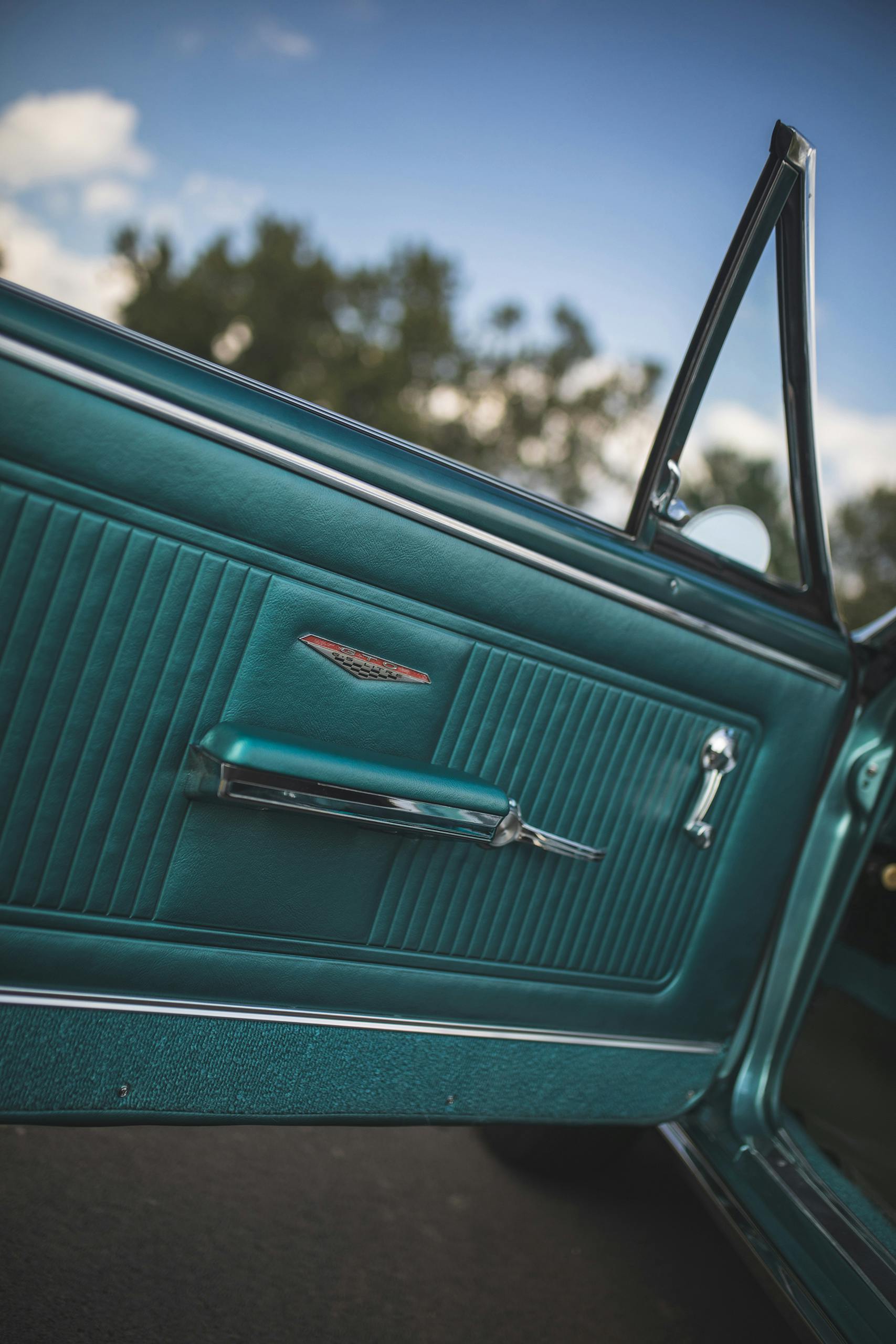
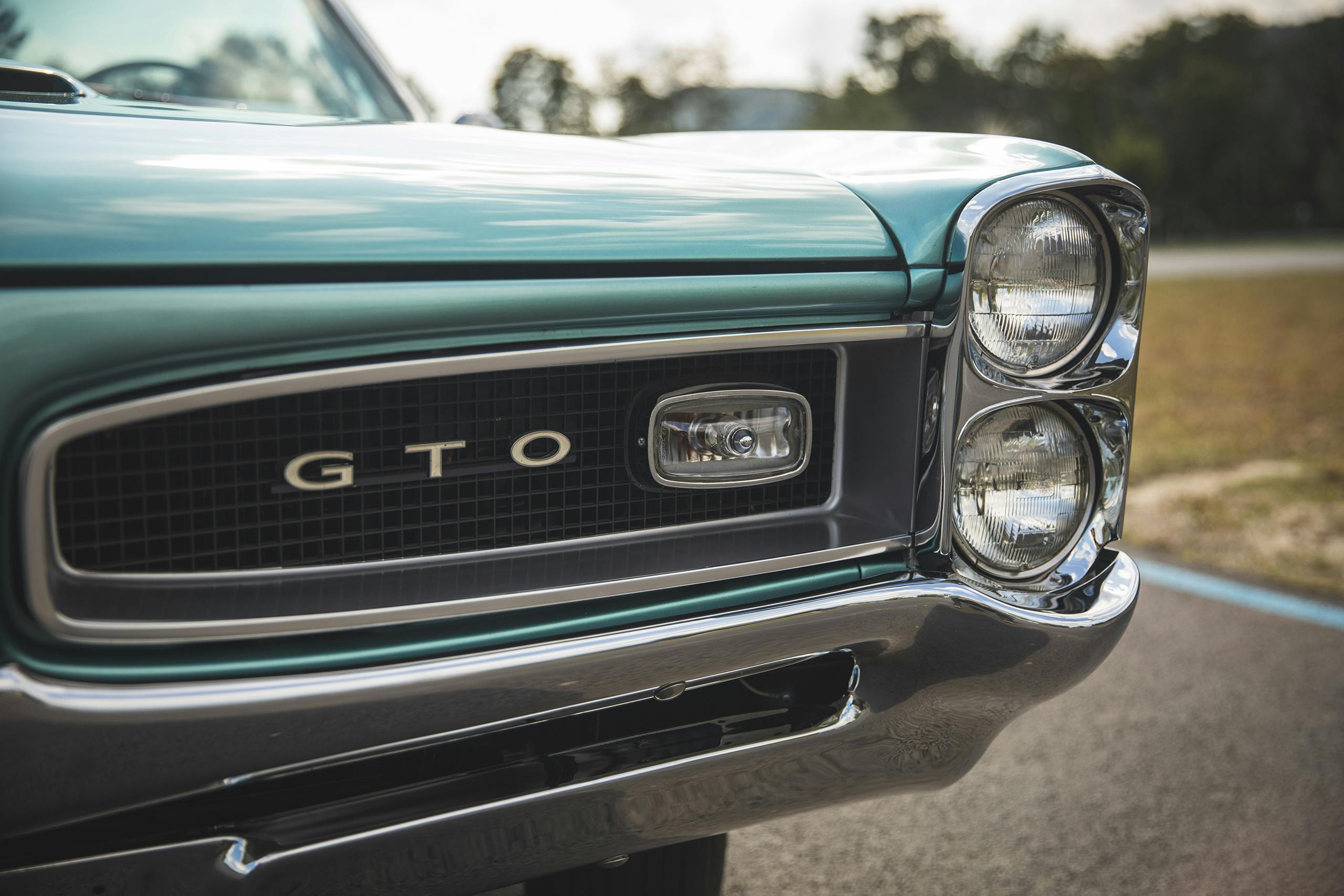



















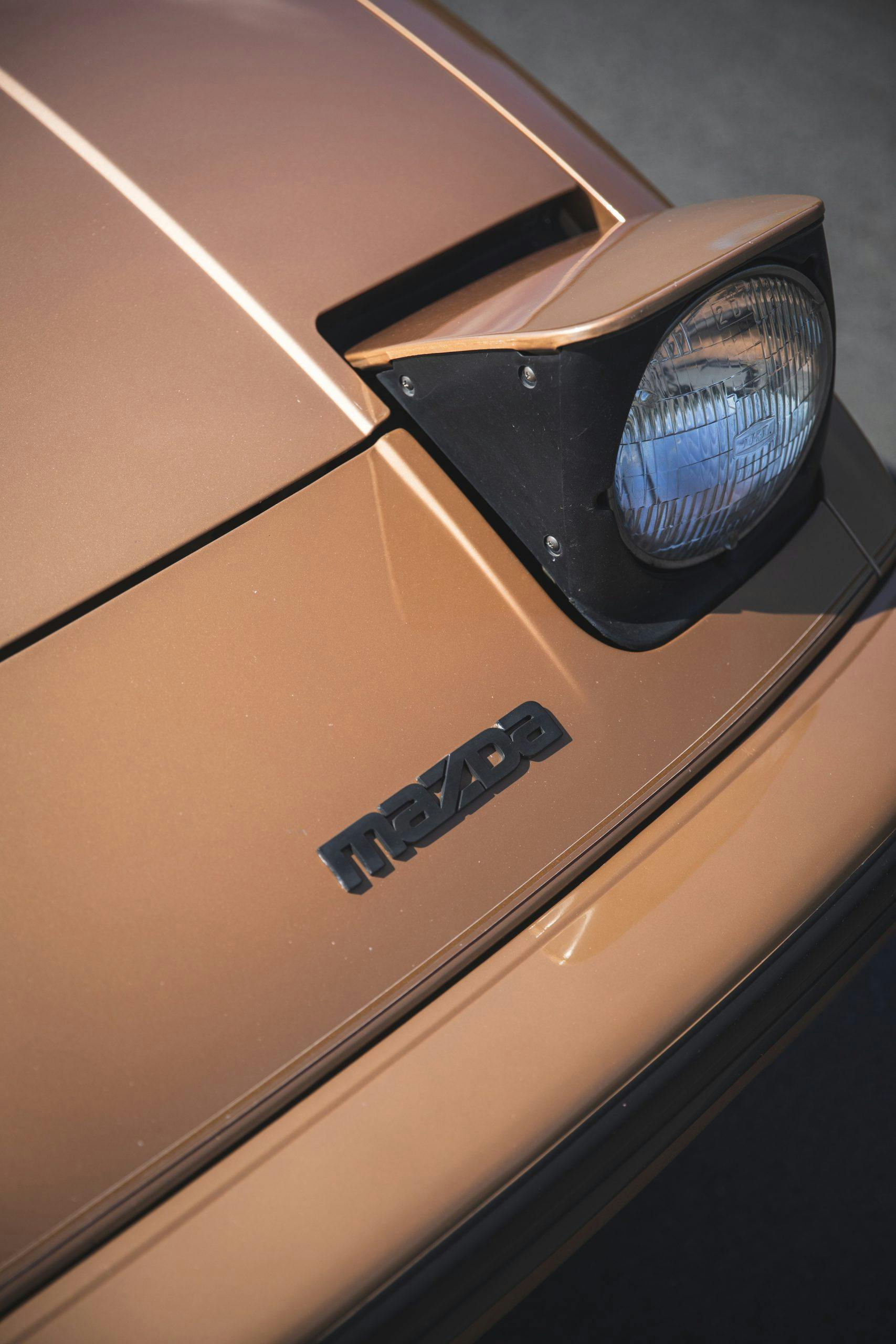













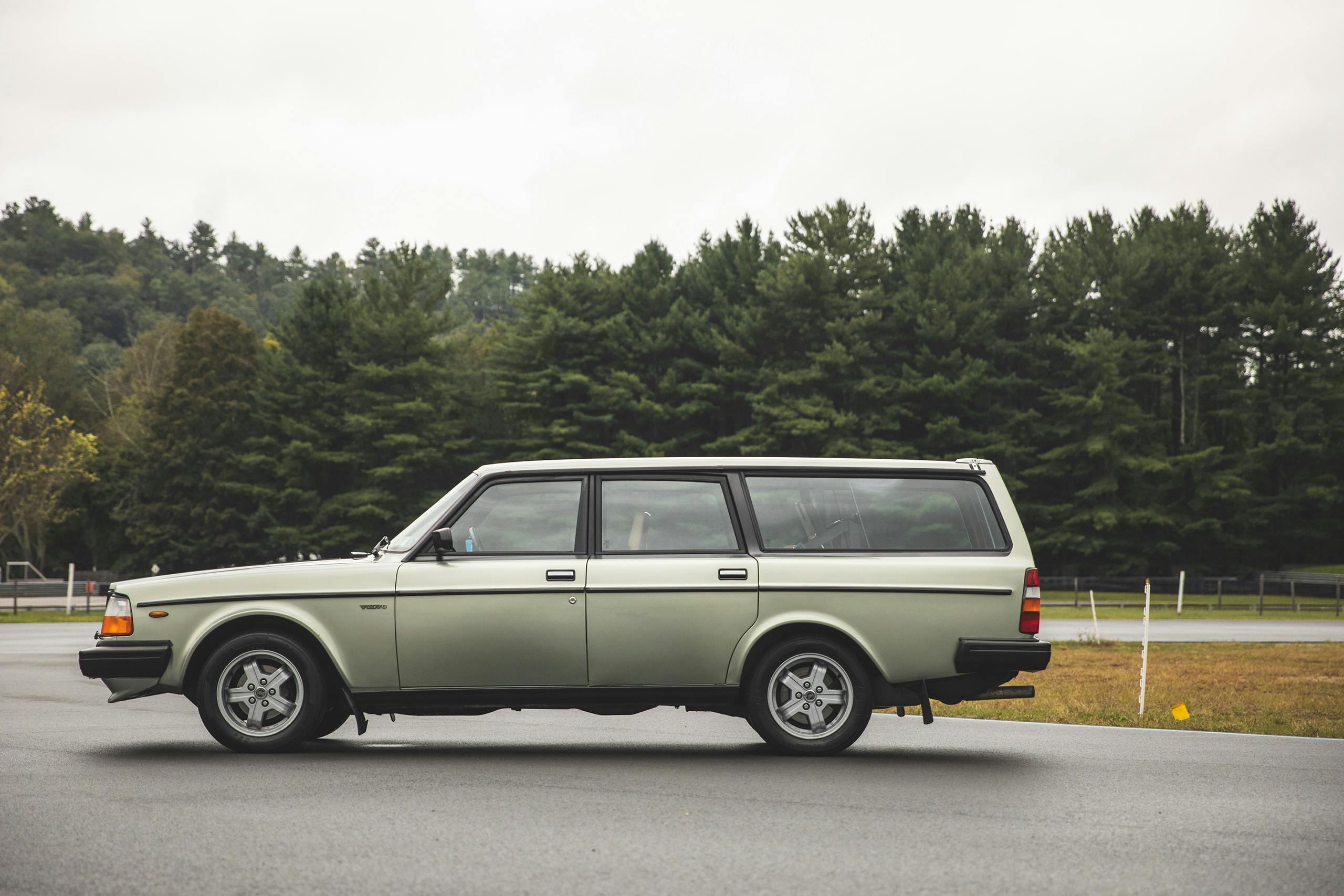
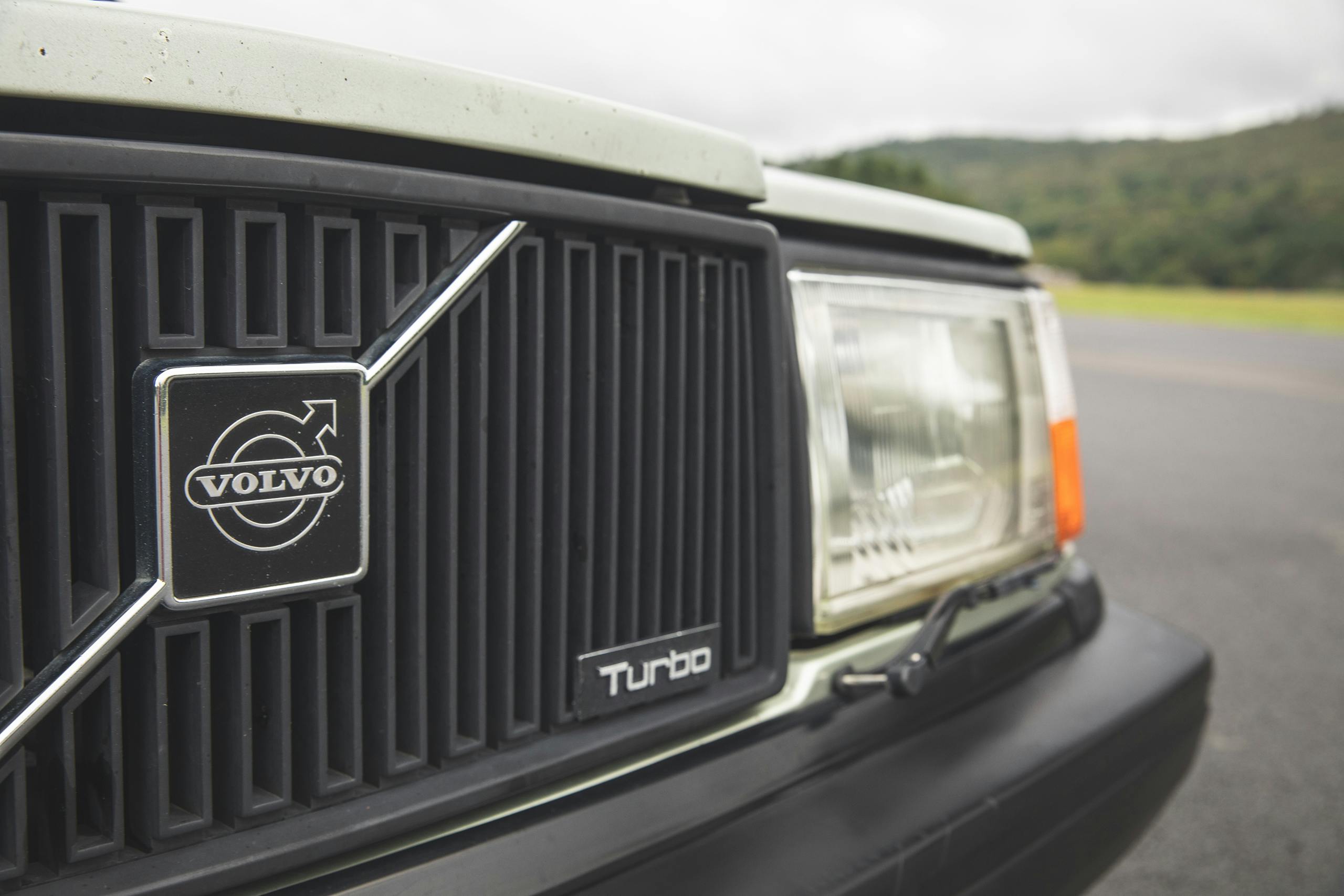




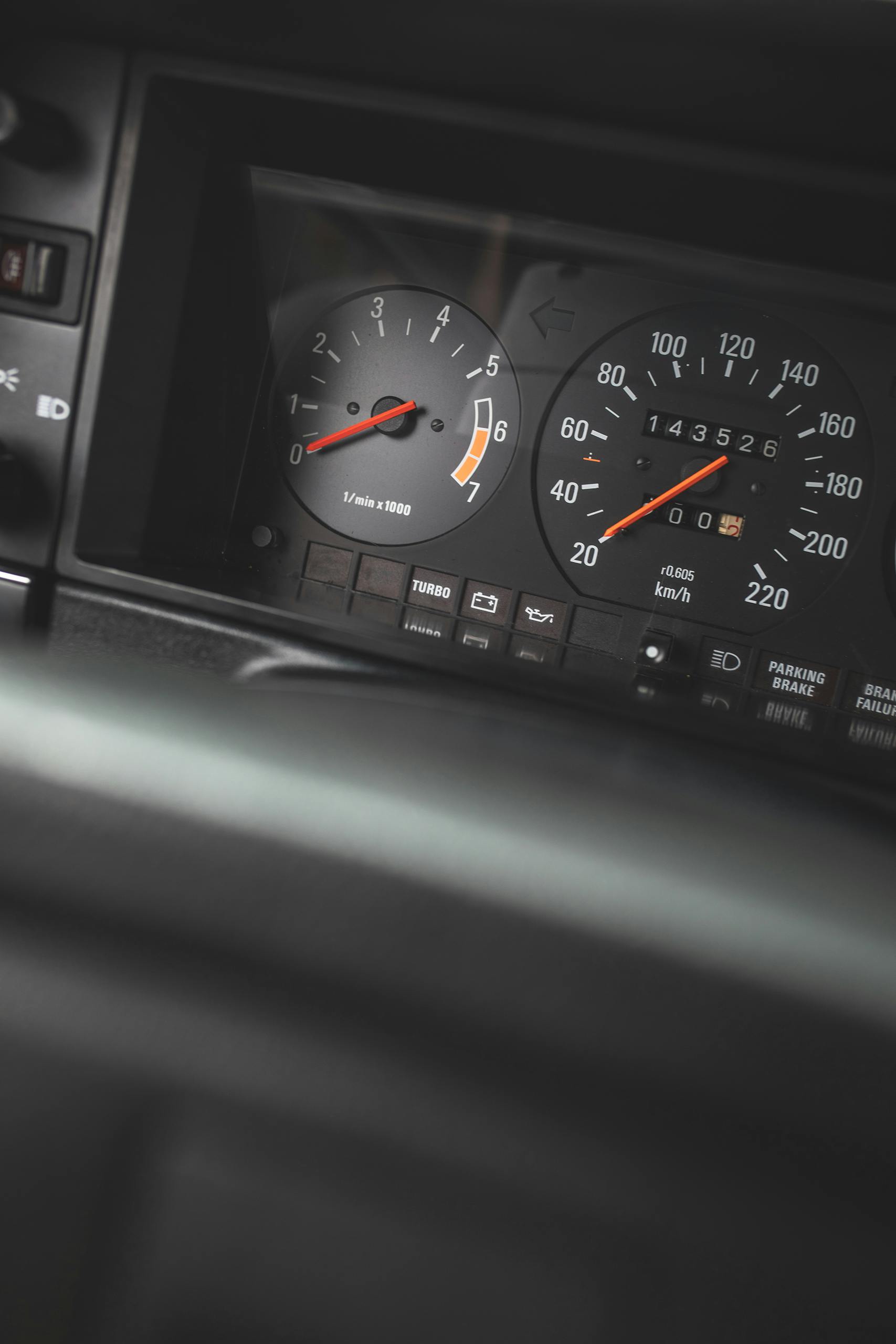

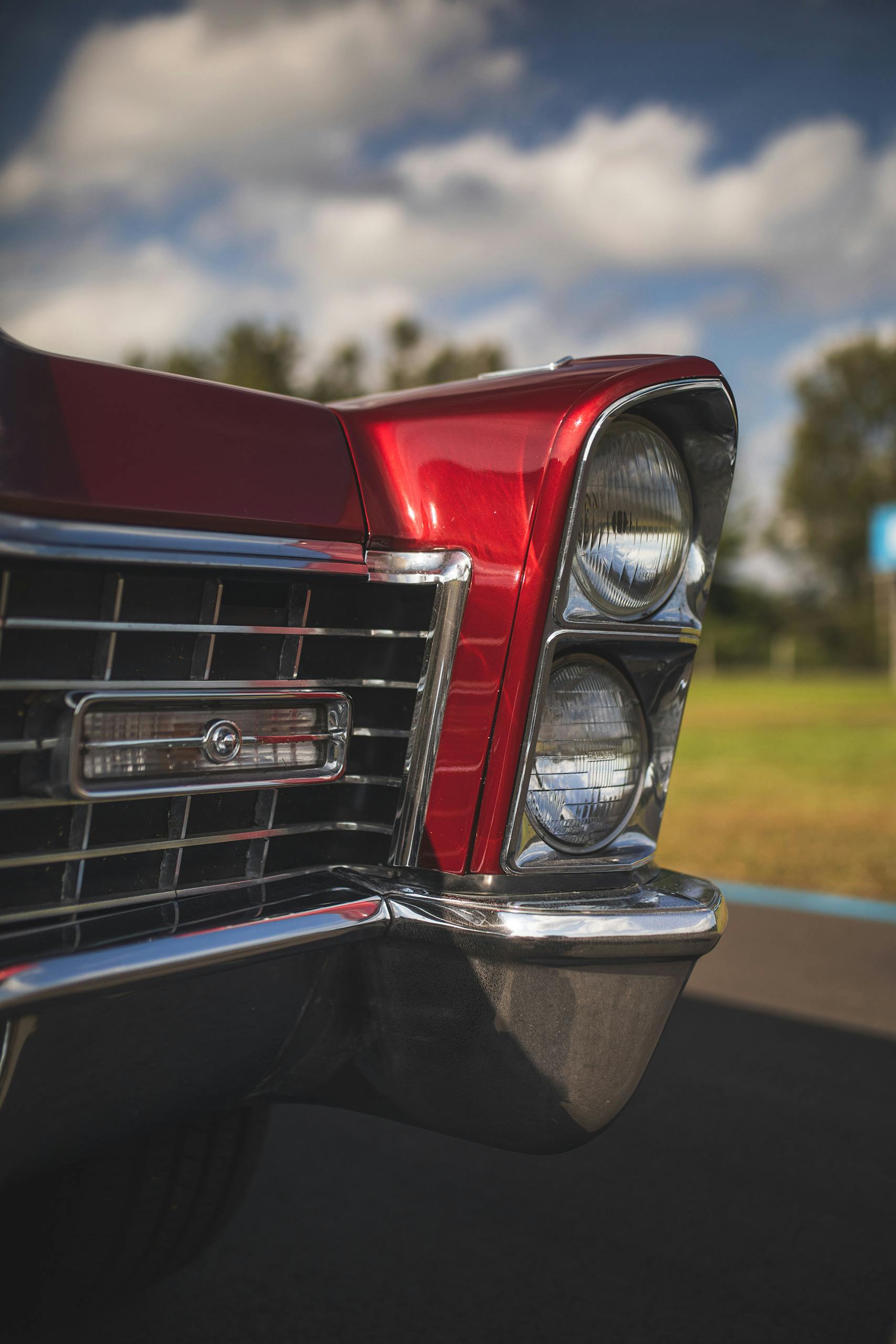













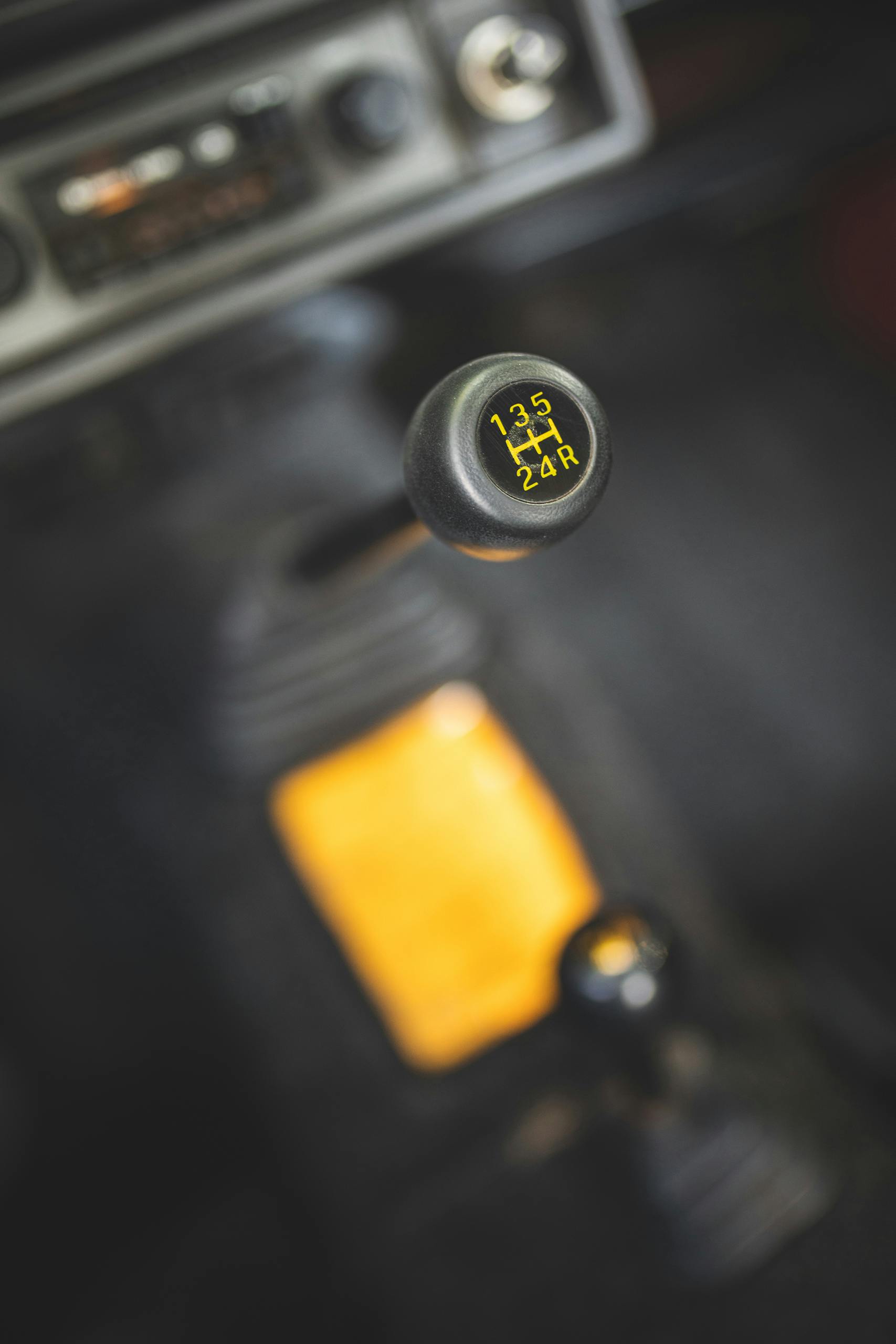



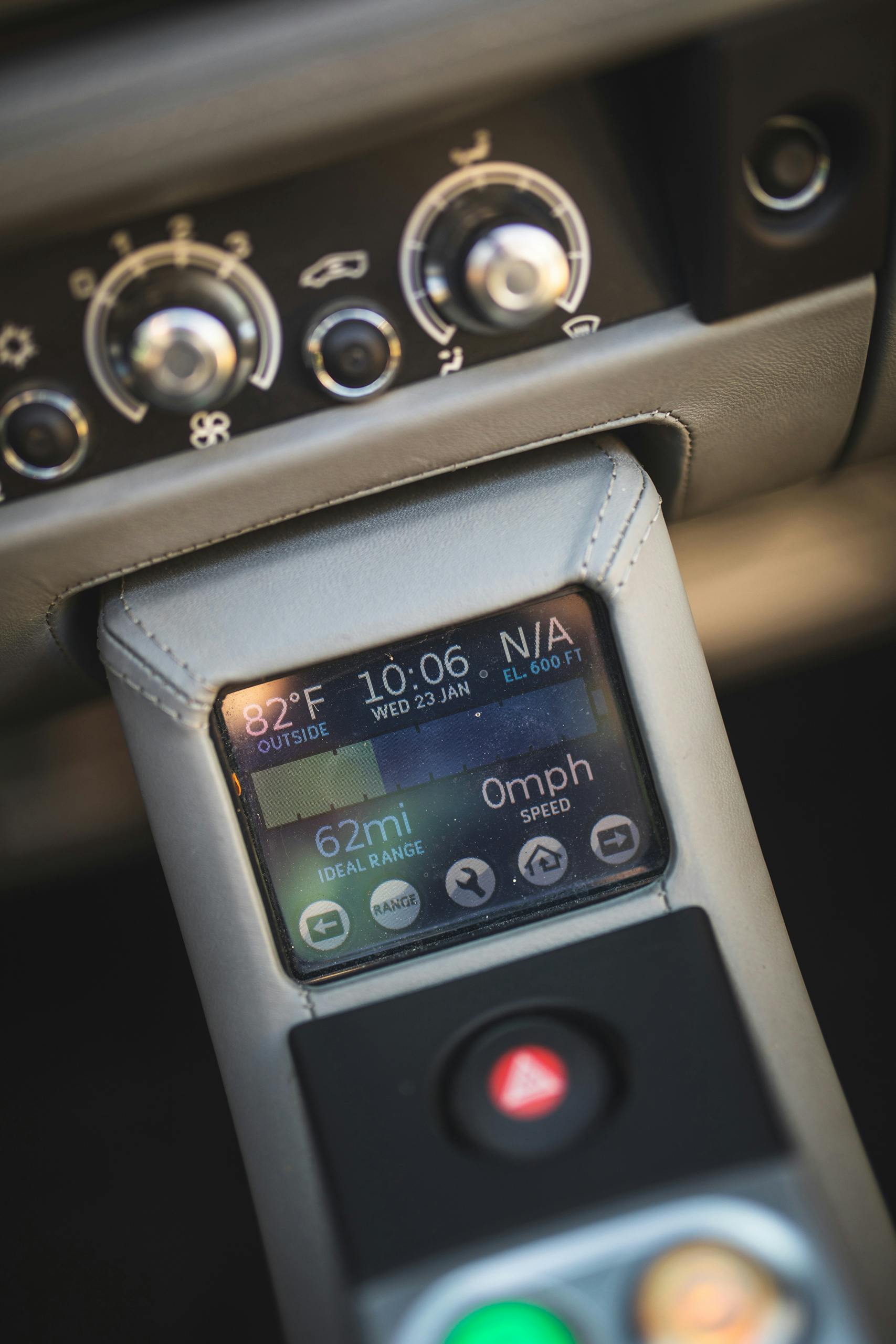



































































































Would have been interesting to see if one year later what was said in this article happened or was happening. Given it’s been a pretty weird year.